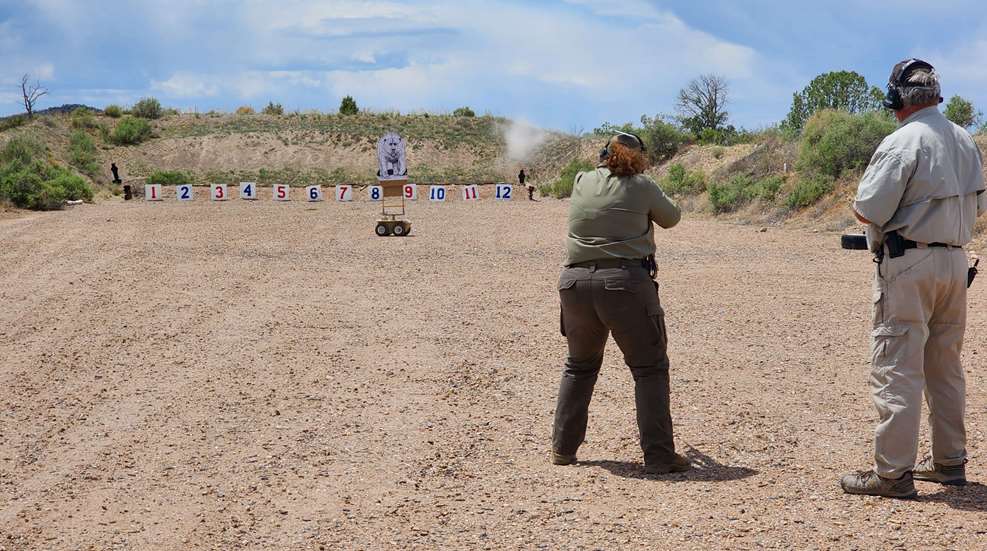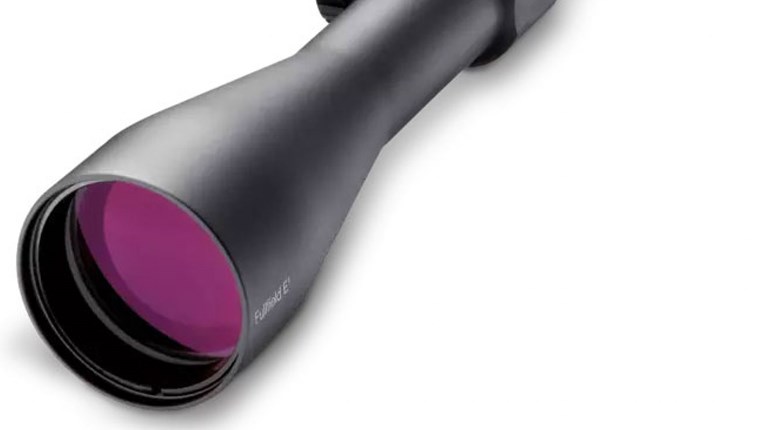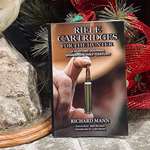
In big-game rifle hunting, most of us do the best we can to only take shots we feel confident we can make. We make sure we’re close enough to be in effective range, getting closer if we can. We wait for the target to be clear of other animals, and we wait for it to present itself at a good angle for a clean shot. We go to a lot of effort to make sure that when we take a shot, it’s on our terms and we can feel good about it.
Unfortunately, there are times when you might have to take a shot that you really hoped you wouldn’t have to. Usually, this is because something has gone sideways somewhere in the hunting process and now you’ve got a problem—often sudden and rapidly changing—that you’ve got to solve.
The Follow-Up Shot
This is probably the most common reason for taking a shot you would rather not take: You’ve wounded an animal and it needs a second shot to finish it off.
First, get in the habit of working your action after you pull the trigger (if you’re not shooting a semiauto rifle) so that you will always be loaded and ready for a fast follow-up shot if one is ever needed. Reacquire your sight picture and find the animal, if possible, while working your bolt or lever. The faster you can get a good follow-up shot off when needed, the better. Depending on the terrain and what condition the animal is in, you might be able to stay in your position and get a good second shot off—this is ideal, since you presumably have a good, steady rest there. If the animal has bolted and/or if the terrain is brushy and uneven, you might have to move or even follow the animal to catch up with it before you can get the next shot off.
If you approach the animal and it’s down and wounded but needs a second shot to finish it, gauge how much time you have. If you think it’ll spook and run again if it sees you, you’ll probably have to shoot from whatever angle you’re presented with. If it’s not able to get up, try to maneuver around for a shot at the head or the vitals.
The next two sections are likely to be useful in making follow-up shots, too.
Running Game
Some people are comfortable shooting at big game that’s running. I’m not, but if it’s a follow-up shot, you might have to. There are a couple of methods that will work for this, but I recommend the swinging method that’s similar to what shotgunners use on a target or game bird.
Put your crosshair on the animal’s vitals, moving the rifle with the animal to keep it centered in the scope. You are essentially swinging the gun with the animal the way a shotgunner would. If the animal is just trotting or moving relatively slowly, you won’t need much lead because rifle projectiles are so fast, but you absolutely must keep moving the rifle as you take the shot and immediately afterward. This method works best if the animal is pretty close and if you’re not using a lot of magnification on your scope.
If the animal is moving more quickly, you can try swinging through it. Like a shotgunner would, swing the rifle with the animal, letting the crosshairs move through the flank and to the vitals, and pull the trigger just when you get past the vitals. Again, keep the rifle moving.
It should be emphasized that these are difficult shots and shouldn’t be taken without having practiced them quite a bit first (assuming you have a safe place to practice swinging a rifle) unless you have no other options.
Offhand Shots
Whether you’re following up on wounded game or you’re suddenly surprised by an animal that appears in front of you and requires a split-second shot—like an aggressive predator—you might have to shoot while standing with no rest. This is much harder to do (accurately) than it sounds like if you’re unpracticed.
When there’s absolutely no time to at least drop to a knee, take a half second to plant your feet shoulder-width apart, with your off-side foot—that’s the left foot for a right-handed shooter— slightly in front and supporting about 60% of your weight. Try to get your support arm as vertical under the gun as possible for support.
Your crosshairs will be wobbling around over the target, which is normal but very disconcerting if you’re not used to it. In competition, when accuracy matters and time does not, shooters try to control this wobble in a figure 8 or sideways figure 8 pattern, shrinking it as much as they can and squeezing the trigger at a consistent place in the pattern. You won’t have much time for this if you truly have to make a snap offhand shot, but practicing it at the range will help you considerably. And, of course, accuracy with this unsupported shooting method is never going to be clover-leaf tight, so aim for the vitals, which is a larger aiming point with more margin for error than the head or spine.
Weak-Side Shots
Unless you’ve suffered an injury in the middle of a hunt, you’re not likely to be forced to take a shot from your non-dominant side in the field. But that could happen (it happened to me on a turkey hunt; it was either hunt left-handed or don’t hunt at all), and even if it doesn’t, there might be times when shooting from your weak side is advantageous. I can’t emphasize enough how important it is to practice this now, at the range, so you’re prepared if you ever have to do it afield.
That’s because shooting a scoped rifle from your non-dominant side isn’t terribly difficult—it’s just really, really weird. Everything about it will feel wrong and uncomfortable. Your hand won’t want to wrap around the grip properly, your left eye will be looking through the scope and your right eye will keep trying to take over control, and your whole body will be screaming “why are we doing this?” The good news is that as long as you have a scope or red-dot optic, it doesn’t matter too much which eye you use. Accuracy might suffer a bit because your eye alignment and sight picture aren’t ideal, but not enough to make a big difference at hunting ranges.
My advice is to do everything the opposite of how you normally would, which means pulling the trigger with your off-side hand. Again, this feels super weird, so practice off-side shooting at the range now, before you have to do this out of necessity. Your dominant-side eye and hand are going to want to take control, and you’ll have to practice fighting them back and teaching them to accept their supporting role. Even if you’re normally a both-eyes-open shooter, you’ll probably have to close your dominant-side eye so your off-side eye can take over without visual confusion. This is another thing you’ll work out in practice.
Word of warning: Working the action and all the other things you do after a shot are going to be just as confusing when you switch to your off-side, and probably even more so if you’re shooting a bolt-action gun. That makes a weak-side shot pretty easy for a single shot after you get over the weird feeling—but after that, barring a lot of practice, you’ll be considerably slowed down for a follow-up shot.














































